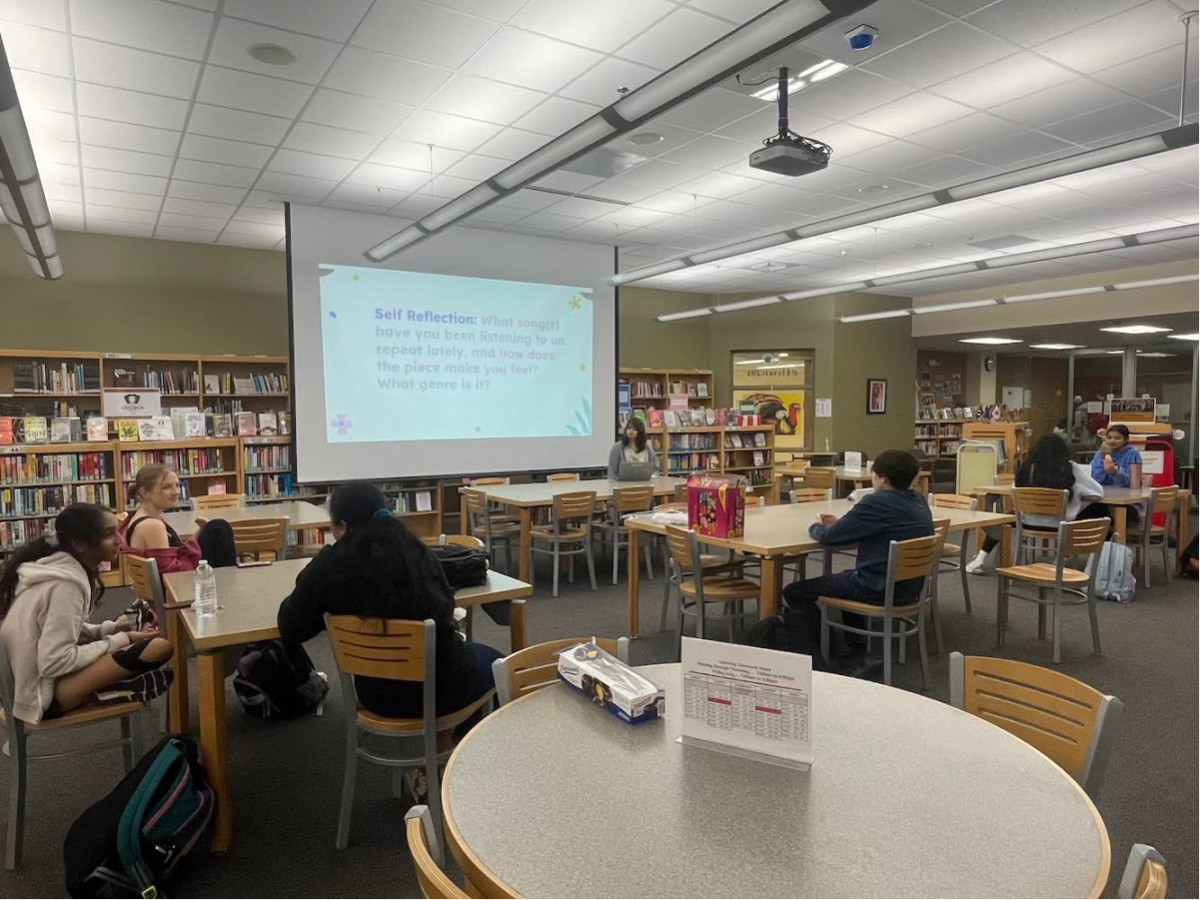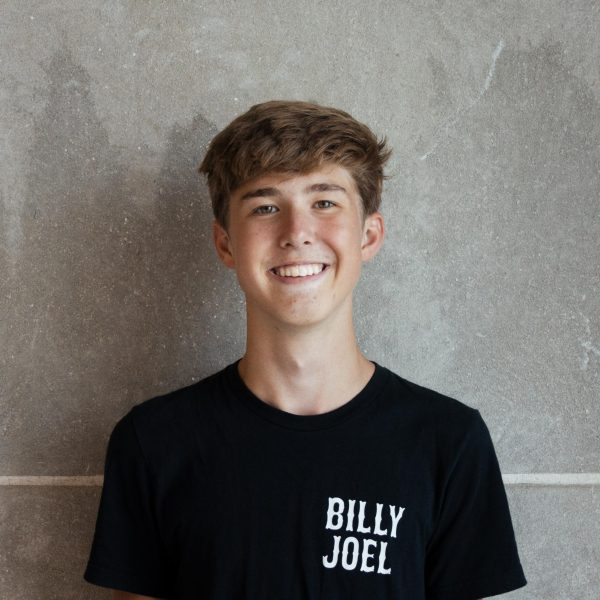Just in this school year, clubs such as Ski and Snowboard club, Poetry Club, HOSA, Neurology Club, Psychology Club, Marketing Club and Red Cross Club have all been added to the roster of clubs available to Central students.
But with so many new clubs, it begs the question: Are these clubs sustainable? Can they attract enough members to exist after their founder graduates?
A common sticking point for most clubs after being founded is the need to fundraise. The activities department does not provide funds for clubs, as District 203 does not direct a budget towards the activities department.
“As long as we have the interest, we have the sponsor and [it’s] something that’s different from a club we already have,” said Samantha Szopinski, Dean of Student Activities at Central. “Usually it gets approved. Some are a little trickier.”
When clubs are being created, 10 interested students and a sponsor are required for creation. Ideas that overlap too much with existing clubs or that may be operationally infeasible are also common reasons for rejections.
Clubs that don’t fundraise can run into issues when they want to participate in activities with fees such as a state competition or funding transportation.
“I think the idea is that when you start a club, you have to know that fundraising goes into it,” Szopinski said. “Even clubs that are board approved, like DECA, for example, have to fundraise. There’s no budget for activities; the district doesn’t give me any money for a club fight.”
Clubs that compete in state competitions such as DECA or Business Professionals of America (BPA) need to be board approved. In most cases, the club also has to be offered at Naperville North, although there are a few outlier cases.
At first sponsors don’t earn a stipend, but after 3 years they are able to apply for one. Their application is put in front of the district stipend committee where it is either approved or rejected. Sponsors can also apply for a stipend increase later on.
“We have a stable number of members coming but we’d like to see improvement,” said Saffron Serber, creator of Neuroscience Club, which started this year. “I think there is a pretty high possibility that the club will continue running.”
Implemented in the 2022-23 school year, the activities office now has club sponsors track attendance via infinite campus for each meeting.
“‘Should this club be continuing?’ We can tell based off of the roster,” Szopinski said. “I think students spread themselves too thin, but in anything you have to pick; ‘Do you want to be in this or do you want to be in this?’ Some clubs might be similar, but as long as there’s numbers, we’ll keep a club going.”




